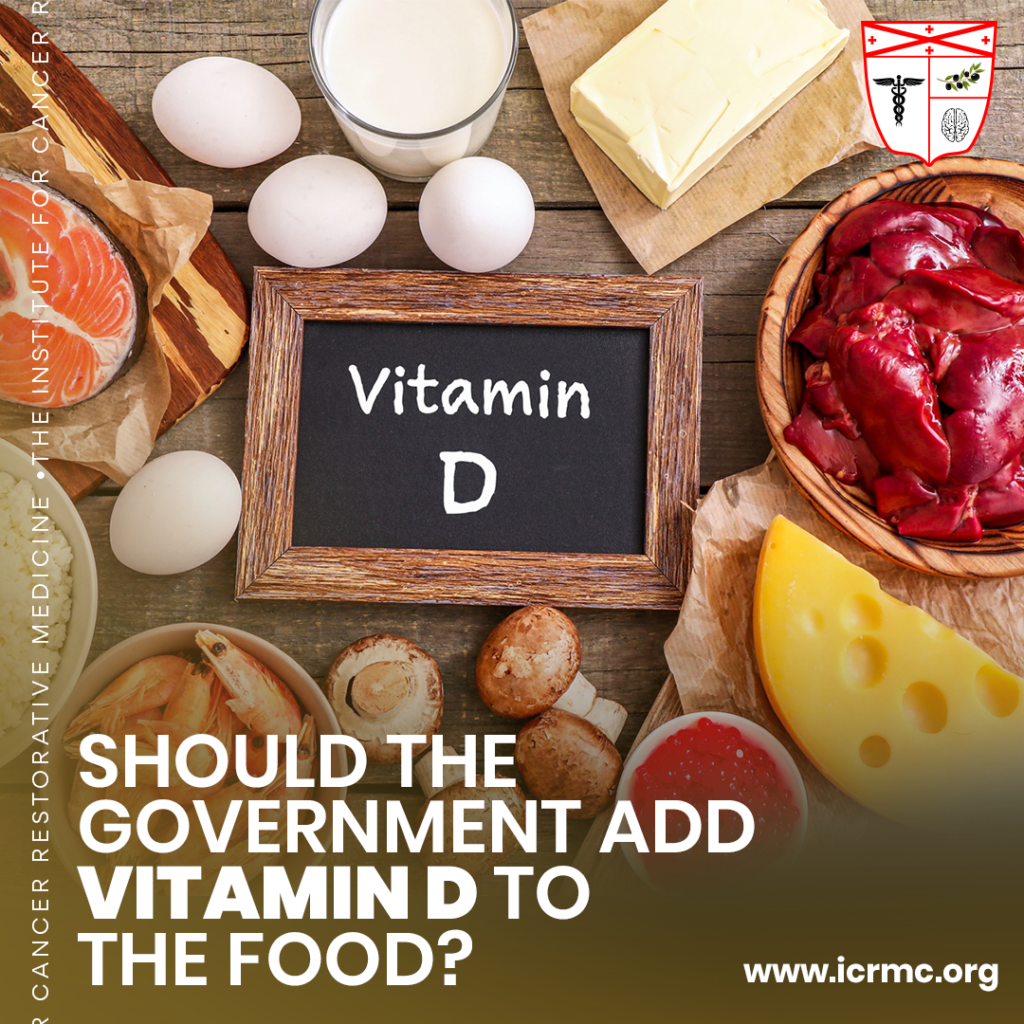
It is estimated that one in six adults have low levels of the vitamin, a lack of which can lead to rickets, disabilities, and bone pain. Almost 20% of children in the UK have Vitamin D levels lower than government recommendations. Unfortunately, about 42% of the US population is vitamin D deficient with some populations having even higher levels of deficiency, including premenopausal women, those with poor nutrition habits, people over age 65, light-skinned people who avoid even minimal sun exposure, and those who take prescription medication long term for heartburn, acid reflux, and constipation. Studies show people with darker skin, such as African Americans and Latinos, are also at risk for lower vitamin D levels because high amounts of melanin in skin reduce the body’s ability to produce vitamin D from sunlight. In addition, certain chronic conditions—such as celiac disease, bariatric surgery, obesity, and chronic kidney or liver disease—can contribute to deficiency. Until the government add systematically vitamin D to the food, adults should consume 400-800 international units (or 10 to 20 mcg) of vitamin D daily. Especially, all adults and children should consider taking a daily 10 micrograms supplement of vitamin D in the darker months between October and March.
Click here for your free consultation today: https://lnkd.in/dke9Ph-f



